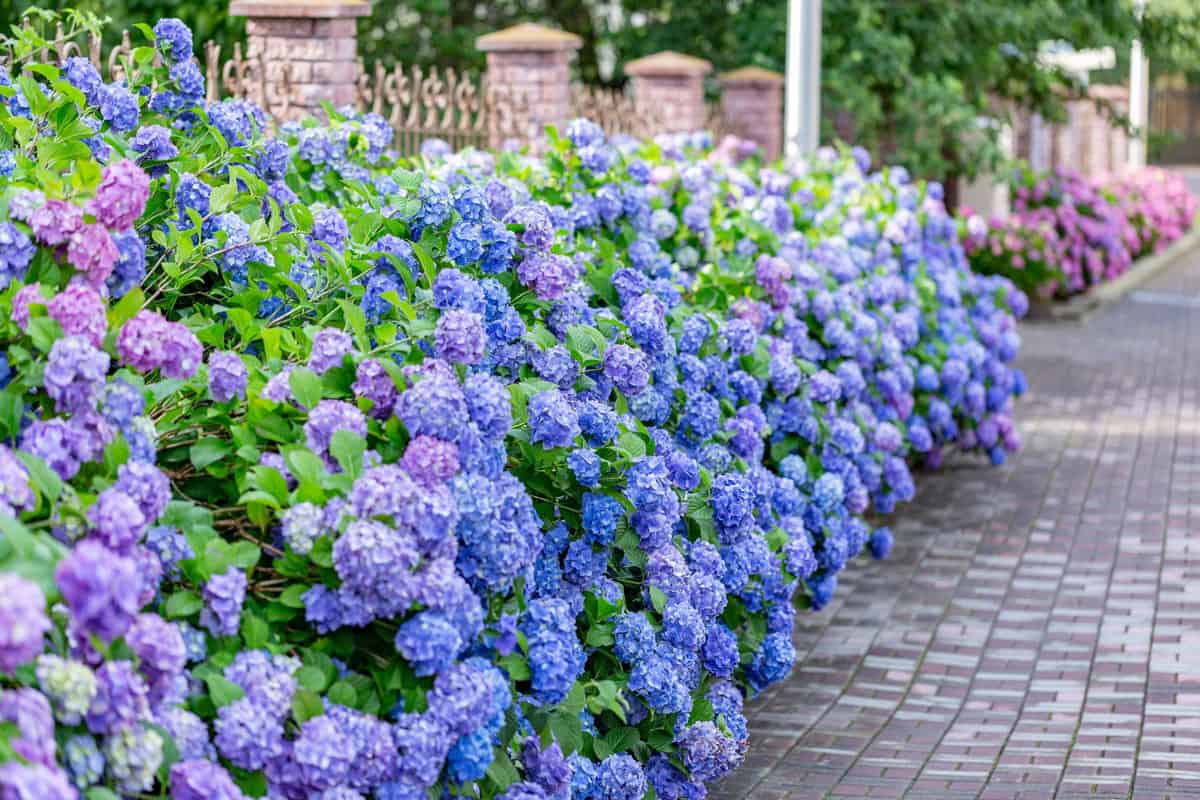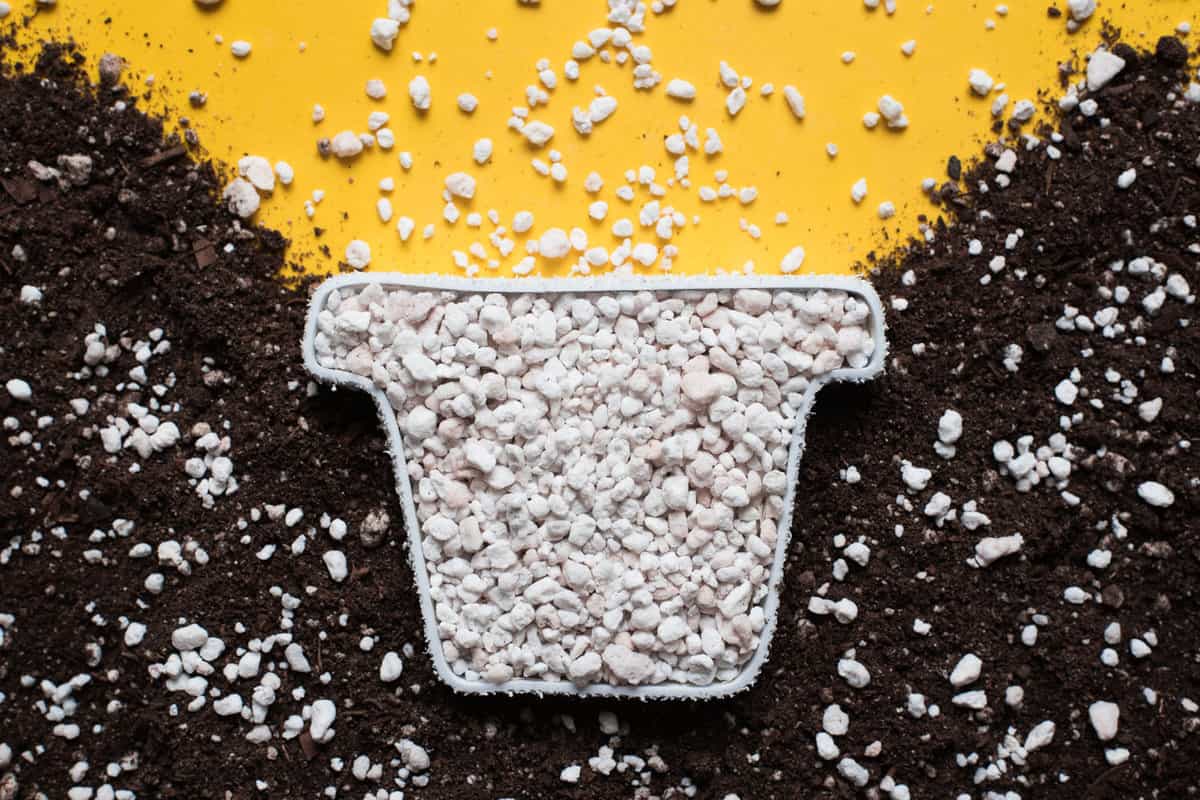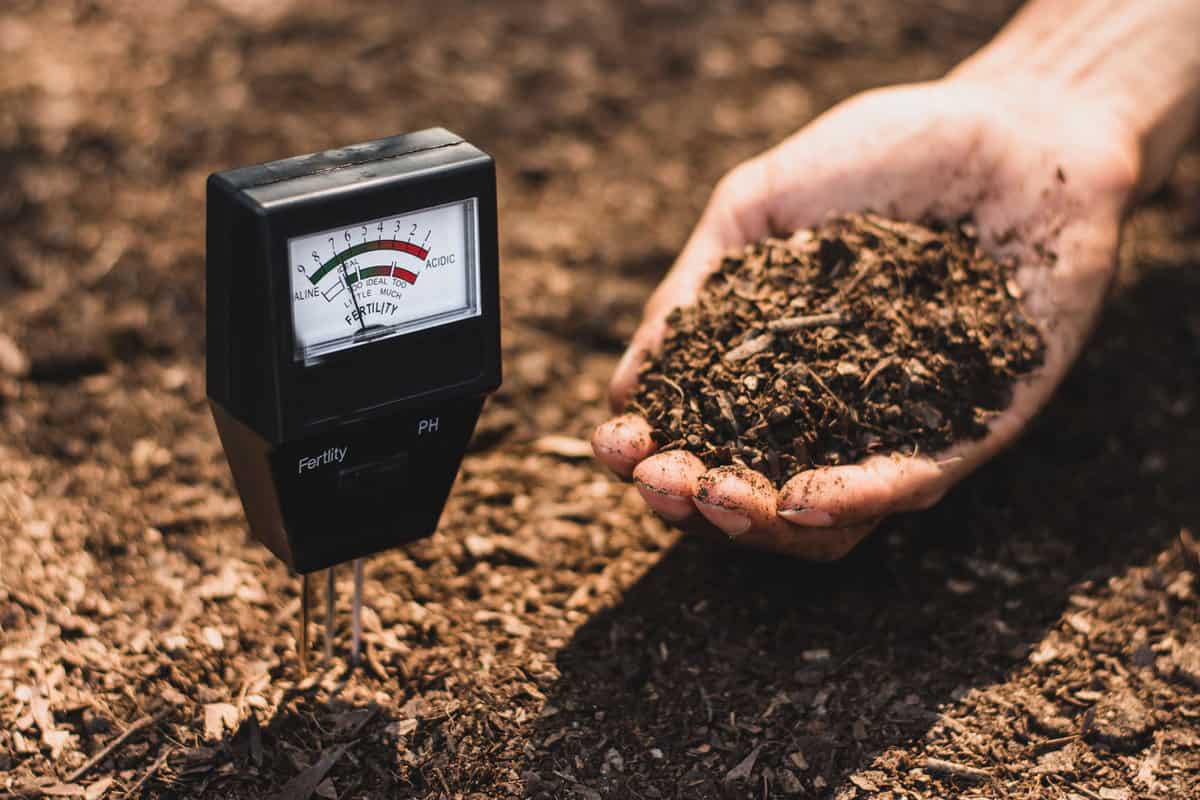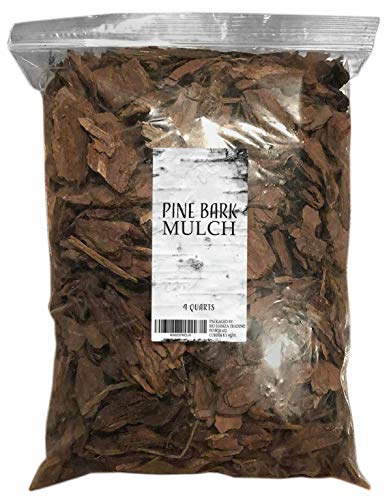Hydrangeas are lovely deciduous shrubs that can produce blooms in different colors depending on the pH level of your soil. One effective method of controlling dirt's acidity level is adding aluminum sulfate. So, how and when should you apply this substance to hydrangeas? We've done the research and can tell you all about how to apply aluminum sulfate to these plants!
Most hydrangeas will only need an aluminum sulfate treatment once in the fall and then again in the spring. Certain soil types may need a monthly treatment during the growing season.
To adjust your pH level before planting hydrangeas, mix between .5 and 4 pounds of aluminum sulfate per 10 square feet. Work the amendment into the soil and water deeply.
For established locations, top-dress the area with a pound of aluminum sulfate and water well. You can also dissolve a tablespoon of aluminum sulfate with a gallon of water and drench the soil.
As you can see, the key to changing your soil's pH level is consistently applying aluminum sulfate to the area. Keep reading to learn more about using this substance to your hydrangeas, some basic care for these plants, and more!
How Often Should You Apply Aluminum Sulfate To Hydrangeas?

The amount and timing of aluminum sulfate applications largely depend on your existing soil conditions. Typically you can make amendments to the soil in the fall before the plant is dormant and again in the spring before blooming.
However, if you have naturally alkaline soil, you may need to do more applications throughout the growing season. Before applying any amount of amendment to your soil, it's crucial to test it first. Too much aluminum can be toxic to plants and prevent them from getting the nutrients they need.
How To Apply Aluminum Sulfate To Hydrangeas
![Close up of blue hydrangea in a garden, How Often To Apply Aluminum Sulfate To Hydrangeas [And How To]?](https://gardentabs.com/wp-content/uploads/2023/01/Closeup-of-blue-hydrangea-Hydrangea-macrophylla-in-a-garden-How-Often-To-Apply-Aluminum-Sulfate-To-Hy.png)
Hydrangeas will produce blue flowers if the pH level of the soil is between 5.0 and 5.5. If you have the bigleaf hydrangea (Hydrangea macrophylla) or mountain hydrangea (Hydrangea serrata), you can amend the soil with aluminum sulfate. Amending the soil will change the color of the flowers.
Before you change your soil's pH levels, it's important to know the type of flower you have and your current pH levels. Remember that you can only change the flower color on two species of hydrangea.
Testing Your Soil
There are a few ways you can go about testing your soil. The first is to take a soil sampling and send or take it to your local cooperative extension office's soil testing lab.
For best results, take dirt from multiple locations on your property. It's recommended to take between four and six samples for a smaller site and between 10 and 15 for a larger one.
Dry and mix the samples together. Then, send it in and wait for your results. You can also test your soil with the aid of an at-home test. You can buy kits that tell you how to mix and test your soil for fast results.
Finally, you can use an at-home probe. Many soil probes show the level of light, moisture, and pH levels of a specific area.
Take a look at this pH test on Amazon.
Check out this 3-in-1 tester on Amazon.
Amending the Soil
How much aluminum sulfate you apply will depend on your current pH levels, the level you want it to be, and the soil type. Sandy soils typically need less aluminum than loam. However, clay soil will require more.
Ideally, you should use aluminum sulfate before planting. This will allow you to work it into the soil without the risk of burning the plant's leaves.

If your current pH levels are 8.0, you'll need to add between 3.3 and 4.2 pounds of aluminum sulfate per 10 square feet to get to a level between 5.0 and 5.5. You should add between 2.1 and 3 pounds of aluminum sulfate if your current levels are at 7.0.
After deciding the correct amount to apply, you should spread it around the soil and work it in with a shovel. Then, water deeply. You can test your soil in a few weeks before planting.
Check out this aluminum sulfate on Amazon.
Amending Around Existing Plants
You can adjust the area around existing plants in one of two ways. You can top-dress the soil with approximately a pound of aluminum sulfate. Gently work it into the soil and then water.
Continue to apply a pound of sulfate each month until the desired acidity levels have been reached.
You can also make an aluminum sulfate soil drench. To do this, you'll need to dissolve approximately one tablespoon of aluminum sulfate in a gallon of water. Take this mixture and water with it for three consecutive months in the spring.
How Else Can I Lower Soil pH Levels?

In addition to aluminum sulfate, you can use elemental sulfur and sulfuric acid to lower the pH levels of soil. Sulfuric acid works the fastest. However, it is hazardous and typically not recommended for home gardeners.
Elemental sulfur is slower to act than aluminum sulfate. However, elemental sulfur is typically more affordable because it requires less to adjust pH levels.
You can also use mulches to help you lower your soil's pH level. Peat moss, pine needles or bark, and oak leaves can help increase acidity as they decompose.
Keep in mind that these methods may not be effective for large areas. This method will also be slow acting.
Take a look at this post for more information: Are Pine Needles Acidic? [And How That Affects Your Garden]
Check out this peat moss on Amazon.
Take a look at this pine bark mulch on Amazon.
Can I Use Coffee Grounds To Lower Soil pH?
Used coffee grounds can be used in your garden to help provide nutrients to your soil. They have carbon and nitrogen compounds. In addition, coffee grounds are able to suppress some microbes that cause diseases.
Unfortunately, used coffee grounds aren't effective at making the soil more acidic. You can add moderate amounts of coffee grounds to your compost, but don't rely on it to change your pH levels.
Does Vinegar Help Hydrangeas?

A diluted vinegar mixture may be beneficial to hydrangeas and other acid-loving plants. It's a natural method that can give plants a slight boost of acidity.
However, vinegar shouldn't be used if you need to completely change your soil's pH level. It will take too much vinegar to successfully alter the acidity levels.
In addition, the benefits of using vinegar are temporary. It will get washed away as you water it with fresh water.
How To Care For Hydrangeas?

Hydrangeas are low-maintenance plants that are easy to grow. These plants are hardy for USDA zones 6a through 11b. Hydrangeas prefer shadier locations but will tolerate some sun. For sunnier locations, it will be important to keep the soil moist, and you should protect it from the afternoon light.
Bigleaf and mountain hydrangeas don't need very much pruning. If you do need to prune, be careful of your timing. These plants produce flowers on old wood. If you prune too soon, you can accidentally remove potential blooms.
For the most part, hydrangeas will benefit from deadheading flowers and pruning to remove dead branches. You can also prune to control shape. However, be careful not to remove more than 1/3 of the plant at a time. Taking more can cause poor flowering for a couple of seasons.
Need a more in-depth look? Take a look at this post for more information: When To Cut Back Hydrangeas [And How To Do That]
Wondering about how much to water your hydrangea? Check out this post: Do Hydrangeas Like Soggy Soil? [And How Often To Water One]
In Closing
You can apply aluminum sulfate at least two times a year to turn your hydrangeas blue. However, it's important to frequently test your soil to avoid making it too acidic. Remember that too much acidity can prevent your plants from getting the correct nutrients!
![How Often To Apply Aluminum Sulfate To Hydrangeas [And How To]](https://gardentabs.com/wp-content/uploads/2024/01/How-Often-To-Apply-Aluminum-Sulfate-To-Hydrangeas-And-How-To.gif)





